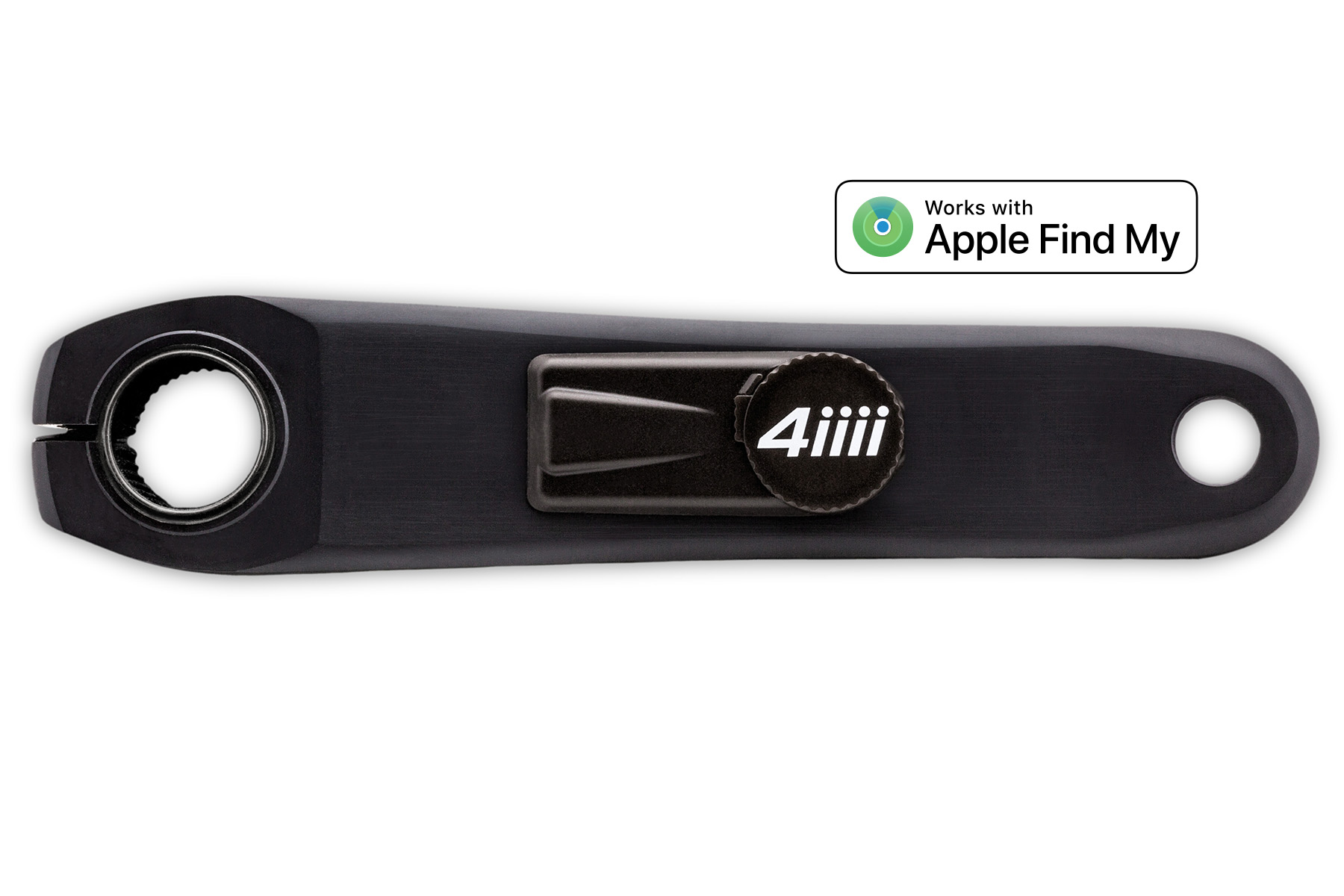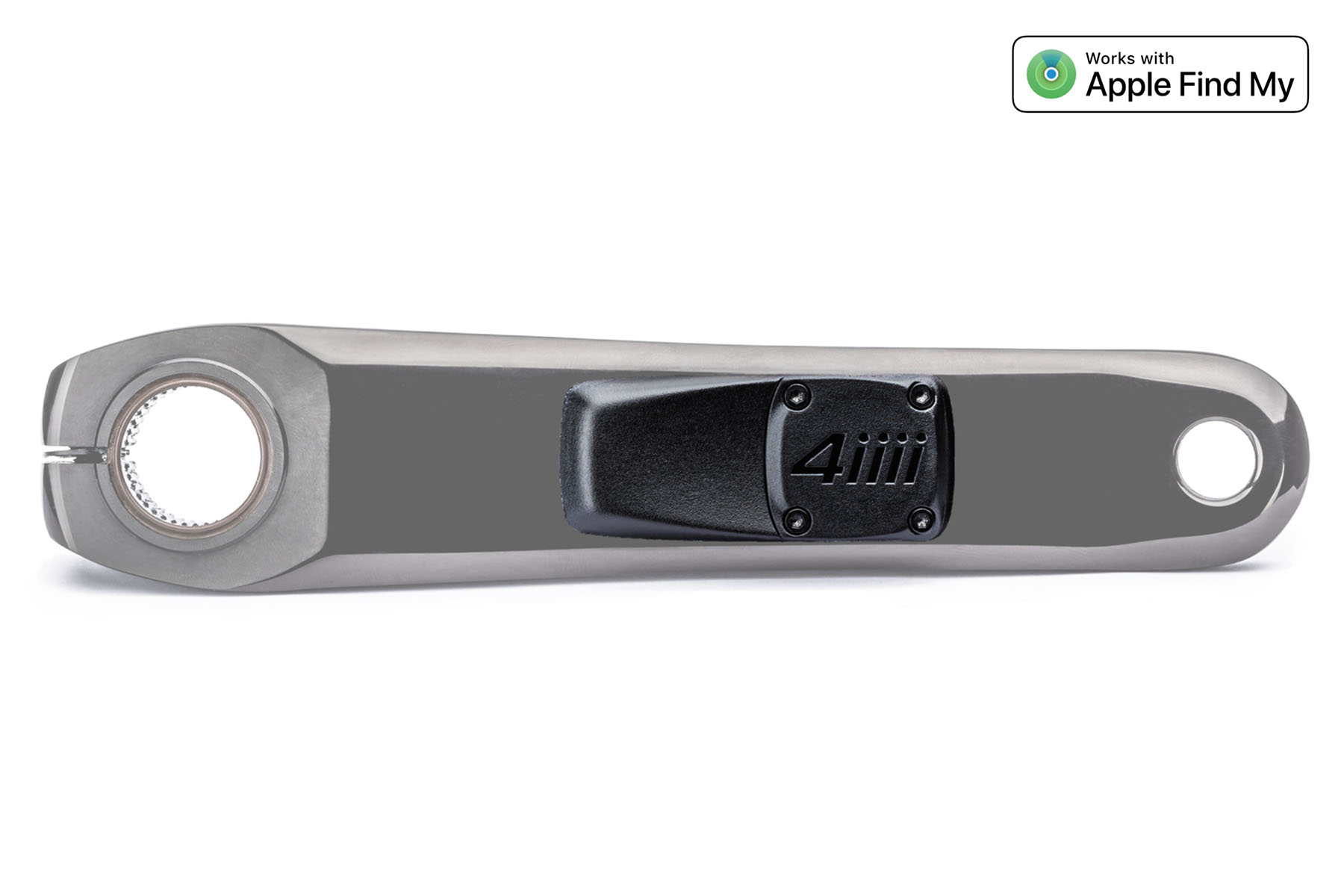The “Cold” Standard in Power Meters
Posted by Andrew Buckrell on February 18, 2021
Every cyclist dreams of a beautiful summer’s day, with a nice cool breeze, and puffy clouds, and nothing but an open road (or ideally, a road closed to cars but open to cyclists!). Unfortunately, this rarely seems to happen. It always seems to end up that you leave your home with great weather, then halfway through your ride, a thunderstorm rolls in, complete with hurricane winds and torrential downpours, combined with a 20°C drop in temperatures, and sometimes even a tornado off in the distance (true story!).
Being a cyclist focused on data and training, this begs the question – if I’m feeling this temperature change, what does something as sensitive as my power meter experience?? Has it just become a random number generator at this stage, or can I actually trust that 20 minute power PB that I set while trying to escape the incipient apocalyptic storm? Or maybe you planned a massive century ride from the bottom of a mountain all the way to the snow capped peak, and you’re wondering if your power data is accurate at both low altitude, where the conditions are beautiful, and high altitude, where you’re being pelted with snow and ice pellets (like Andre Greipel experienced last season).
Would this actually have an impact to the power meter? All the power meter is measuring is the bending forces, right? Actually, yes and no. The 3D strain gauges used on your 4iiii power meter are unbelievably sensitive, measuring a combination of bending, axial and shear forces to determine your exact power. But, when your crank changes temperature, it’s actually changing length! This has the potential to absolutely ruin a power reading… unless you’re compensating for this temperature swing!
Let’s take a step back and look at material science from an engineering perspective. There’s something called a thermal expansion coefficient. What this means is that, for aluminum, for every 1°C change in temperature, there is actually a 0.0023% increase in length. This may not seem like much, but when you’re measuring extremely small amounts of force in a crank during pedalling, it can ruin any semblance of accuracy. Worse, the bigger the temperature change, the bigger the change in length. This is why, at least in Canada, you see sawtooth expansion joints on bridges, which allow for expansion and contraction with the massive temperature swings we see (up to 80°C change in temperature from +40°C to -40°C). So, we know that this happens, but how do we deal with it?
That’s where part of 4iiii proprietary calibration procedure comes into play. Not only do we take multiple measurements in all directions to precisely measure the strain for known loadings, but we also literally turn up the heat on every one of our power meters to make sure that they don’t buckle under the strain (yes, I’m reaching for puns here). But, the point is that every power meter that comes out of our factory has been tested to see how it reacts under a wide range of temperatures. This means that you can be sure that you have accurate power data even when your riding takes you from a beautiful summer’s day all the way to a frigid day during the polar vortex. And you know that it’s good if it’s trusted by people like 4 time Tour de France winner Chris Froome, who spends more time looking at his power data than most kids spend watching Netflix during a COVID lockdown.
Check out our store to see how you can get your own PRECISION PRO Powereter today!


